The real estate market isn’t just seasonal—change your marketing strategy to synchronize with your audience’s mindset and appetite.
Real estate is a game of cycles, and every savvy investor knows it. It’s no secret that what goes up must come down.
In real estate, these patterns can feel as predictable as the seasons, at least to those who know where to look. Understanding these cycles isn’t just an academic exercise; it’s the secret for successful marketing strategies. If you’re in the business of buying, selling, or investing in real estate, knowing how to align your marketing efforts with the market’s natural rhythm can mean the difference between boom and bust.
Think back to the early 2000s. Real estate was skyrocketing. We enjoyed low interest rates and easier access to credit. Everyone and their neighbors were jumping into the market. Then came 2008, and we all know how that went.
What’s fascinating is how these ups and downs follow familiar patterns—patterns that savvy marketers can tap into to make smarter decisions and drive better results. Let’s break this down.
The Four Real Estate Cycle Phases
Every real estate cycle has four key phases: expansion, peak, contraction, and recovery.
During the expansion phase, there’s high demand, rising prices, and optimism in the air. Marketing during this phase is about standing out in a crowded market. This is the time to show off your properties, highlight unique selling points, and capture that buyer FOMO (fear of missing out). Social media ads showcasing stunning visuals of homes or investment properties work wonders here. People want to feel like they’re part of the action.
Then comes the peak. This is where things get dicey. Prices are at their highest, and the market starts feeling a little too hot to handle. Marketing strategies during this phase should shift to cautionary tones. Focus on educating your audience about value and sustainability rather than riding the hype train. Thought leadership content, like blog posts about avoiding overpaying or webinars on smart investing, becomes crucial here. You’re not just selling a property; you’re selling peace of mind.
Now, the contraction phase—a polite way of saying the market’s tanking. This is where many businesses panic and slash their marketing budgets, which is a huge mistake. If anything, this is the time to double down.
Why?
Because when everyone else goes quiet, your voice stands out. Marketing during a downturn should focus on affordability and opportunity. Highlight deals, foreclosures, or properties with high ROI potential. Think of it as the real estate version of “buy low, sell high.”
The final phase is recovery. The market starts to stabilize and confidence slowly returns. This is the perfect time to rebuild trust with your audience. Showcase success stories, testimonials, and case studies. People are looking for reassurance the market is back on track, and your marketing should reflect that optimism without being overly flashy.
Be a Chess Master
So, how does this tie into your marketing plan? Simple: Market predictability allows you to play chess while everyone else is playing checkers. By understanding where the market is in its cycle, you can tailor your messaging, target the right audience, and allocate your budget more effectively.
For example, let’s say you’re working in Akron, Ohio, a city currently experiencing a housing boom. Your marketing should focus on urgency. Use phrases like “Act Now,” “Limited Time Offers,” or “Properties Moving Fast” to tap into that psychological need to act quickly. Conversely, during a downturn, your messaging should emphasize stability and long-term value. Words like “Safe Investment,” “Affordable Options,” and “Future-Proof” will resonate more.
This is also where technology comes into play. Predictive analytics, AI tools, and market trend reports can provide invaluable insights into where the market is headed. Imagine running a campaign targeted at first-time homebuyers just as the market begins to recover. Or launching a video series on smart investing during the peak phase, positioning yourself as the voice of reason in a frenzied market.
But let’s not forget the human element. Real estate is, at its core, a relationship business. Historical patterns may guide your strategy, but authenticity is what seals the deal. Share real stories. Highlight the human impact of these market cycles. Show how a downturn became an opportunity for a young couple to buy their first home or how a savvy investor capitalized on a recovery phase to grow their portfolio.
The takeaway here is that market predictability isn’t just about knowing what’s coming; it’s about using that knowledge to craft marketing that resonates. The key is to stay adaptable, authentic, and aligned with what your audience needs.
So, the next time you’re planning your marketing strategy, don’t just look at where the market is. Look at where it’s going. Anticipate the needs, fears, and dreams of your audience at each phase of the cycle. Because in real estate, as in marketing, timing isn’t just everything—it’s the only thing.










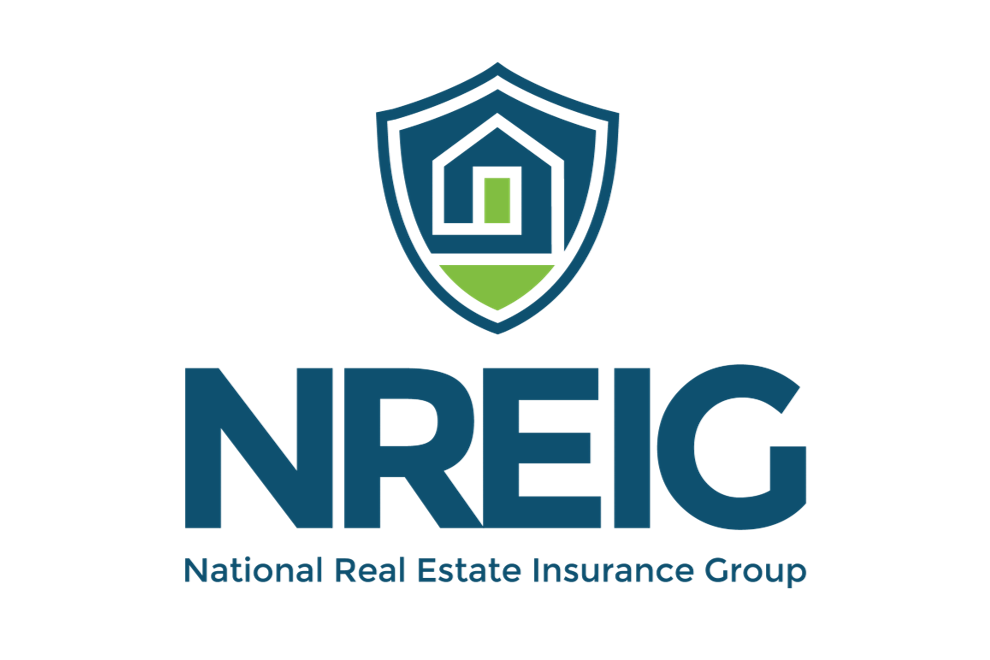
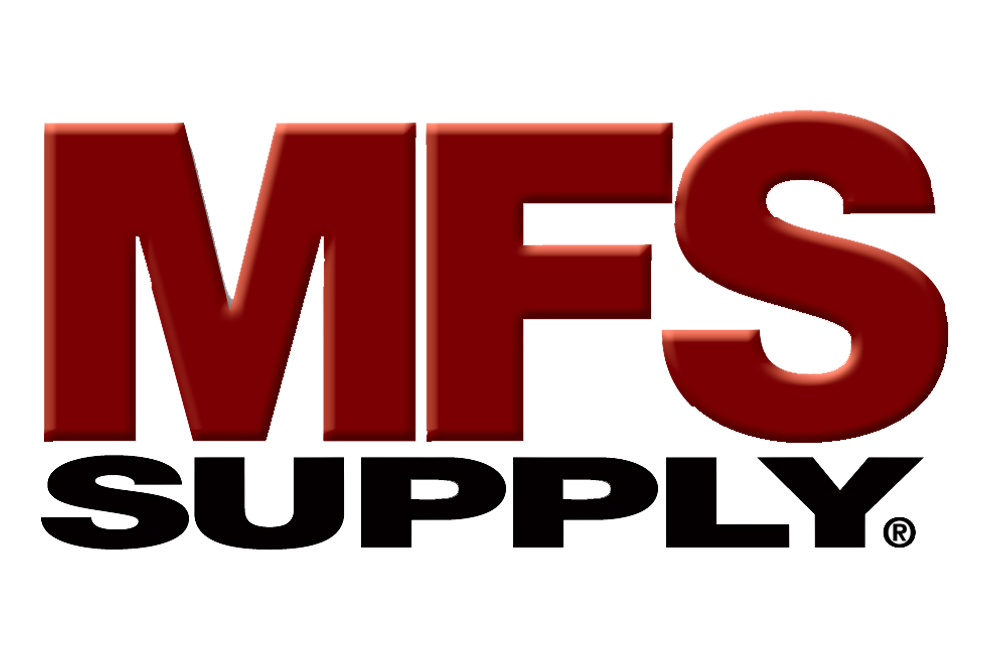


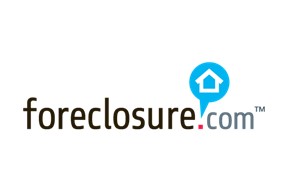
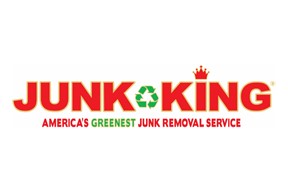
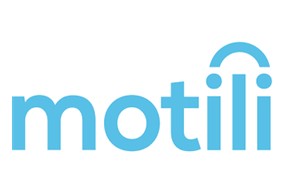
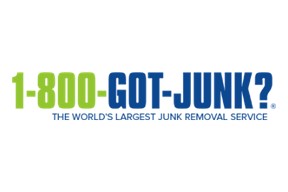



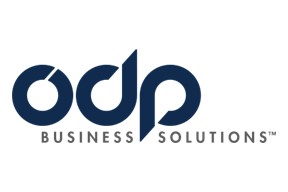
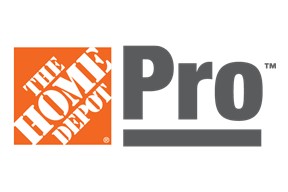

0 Comments